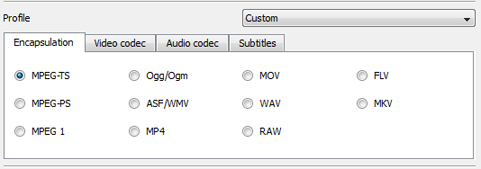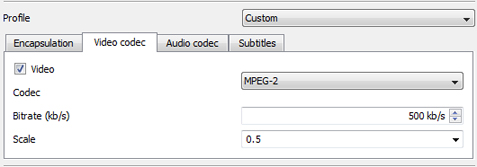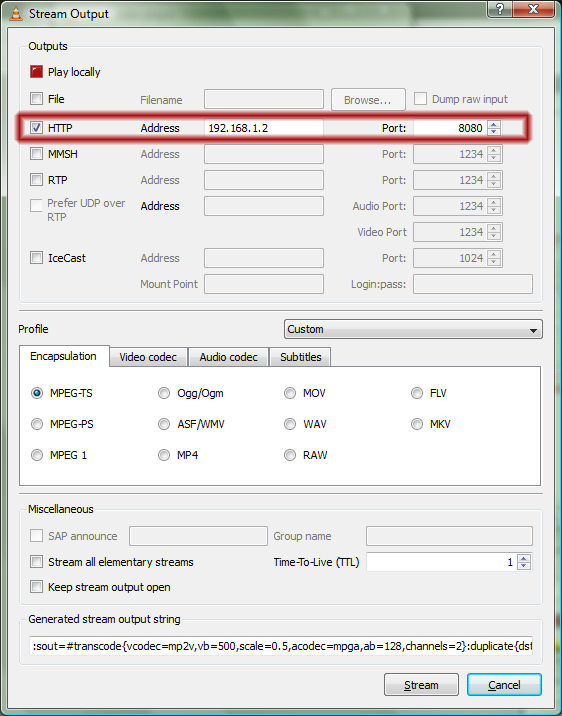VLC
Contents |
What is VLC?
VLC is a codec-less media player, capable of many useful multimedia functions. This article will focus on its streaming capabilities.
Why VLC?
Because the VLC paradigm involves no codecs, and very little user interaction needed, it is considered optimal for this task. It packs a 13-30megabyte footprint on the host machine (depending on OS). It is also able to transcode your video/audio files for saving onto devices such as the Nokia N800. It's ability to stream live content, as well as most video/audio formats makes it ideal for the mobile device's needs.
Simple instructions
First, download the software "VLC" from http://videolan.org/vlc for your OS, and install it normally.
Second, start the software, and regularly open the file you wish to stream. This is to ensure that VLC will play the file back with no errors. In the tools menu, select "Messages", and set the verbosity to 1 or 2, instead of 0. This will allow you to see any codec/streaming errors in real time.
Next, stop playback - and go to the "Media" menu, and select "Streaming"
Choose your desired media file in that window, making sure that "advanced options" is not set (this ticks off VLC on Windows Vista x64, unverified on other OSes).
In the stream output window you can see the options for your stream. The small red square marked off on "play locally" is your choice whether to set that or not. Leaving it off may improve performance. The highlighted rectangle area shows the HTTP server settings. VLC comes with an httpd server built-in, so you don't have to install any additional software. You want to set the "IP Address" to the IP address of the machine VLC is running on (in the example, 192.168.1.2). You may set the port to whatever legal port you wish. Select "Custom" in the drop down menu of the next section.
Encapsulation Settings
 Radio button labeled "MPEG-TS" should be selected.
Radio button labeled "MPEG-TS" should be selected.
Video Codec Settings
 Ensure that the "Video" checkbox is checked. Under "Codec" drop-down menu, select "MPEG-2"; for bitrate, select 500 kb/s; for scale, pick 0.5.
These settings are explicit to the video you are trying to stream. Larger format video files (720p/1080p blu-ray movies, etc) may need some tinkering, as the 0.5 Scale setting may be too large to stream without dropped frames. For these, try 0.25. For smaller videos, you may want to try setting scale to 0.75 or even 1.
The bitrate setting is dependent on your network environment. 1000 kb/s = 1 megabit, roughly. Wireless-B technology should be able to stream 1 megabit throughout the average home, although you may find that you have to decrease this number to prevent framerate drop with larger format video files. 500 kb/s is about average for a clean-looking video stream, and most wifi networks will support this without issue.
Other Codecs to try are H264 - when you're transcoding from an existing h/x264(3) source; and MPEG-4 if your file is an mp4 or m4v file to begin with. The other settings should remain the same,
Ensure that the "Video" checkbox is checked. Under "Codec" drop-down menu, select "MPEG-2"; for bitrate, select 500 kb/s; for scale, pick 0.5.
These settings are explicit to the video you are trying to stream. Larger format video files (720p/1080p blu-ray movies, etc) may need some tinkering, as the 0.5 Scale setting may be too large to stream without dropped frames. For these, try 0.25. For smaller videos, you may want to try setting scale to 0.75 or even 1.
The bitrate setting is dependent on your network environment. 1000 kb/s = 1 megabit, roughly. Wireless-B technology should be able to stream 1 megabit throughout the average home, although you may find that you have to decrease this number to prevent framerate drop with larger format video files. 500 kb/s is about average for a clean-looking video stream, and most wifi networks will support this without issue.
Other Codecs to try are H264 - when you're transcoding from an existing h/x264(3) source; and MPEG-4 if your file is an mp4 or m4v file to begin with. The other settings should remain the same,

